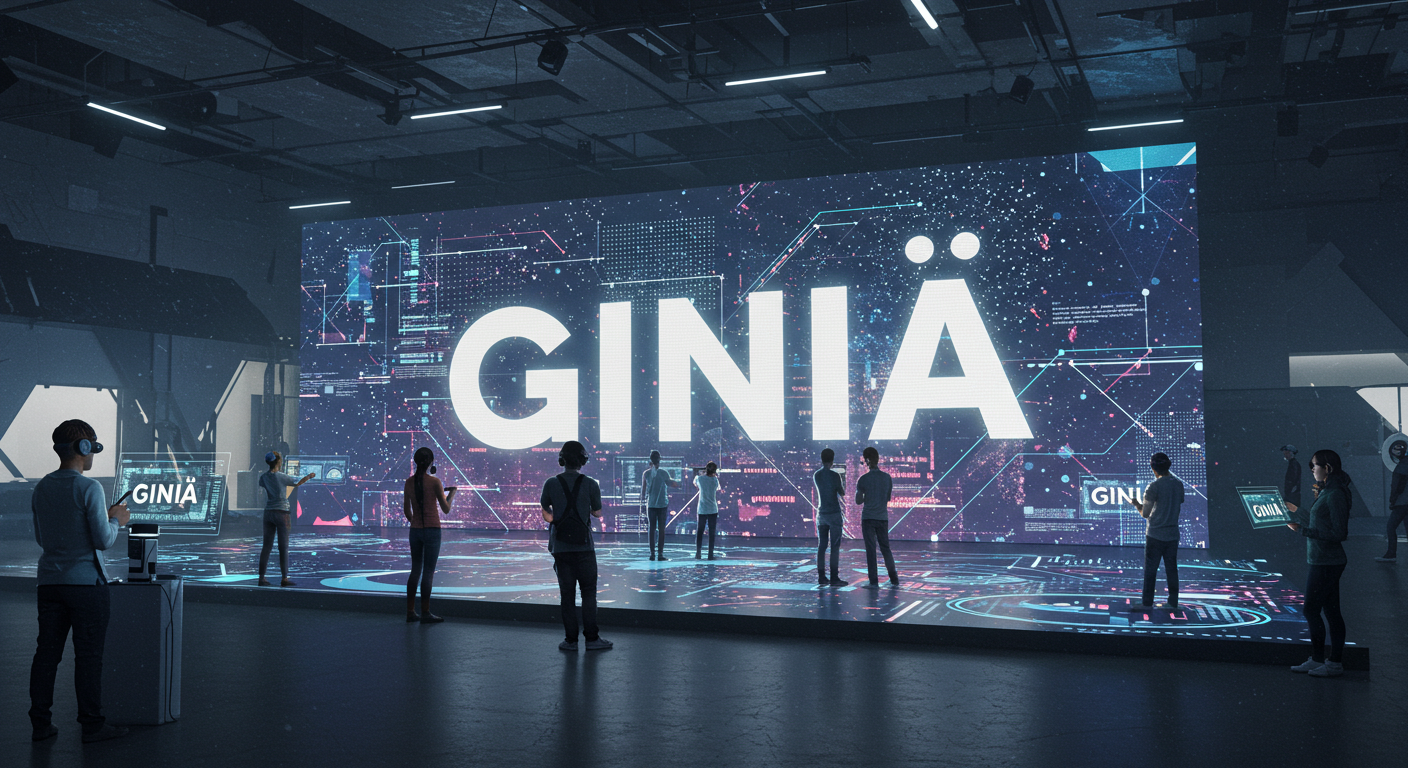In an era dominated by digital transformation and evolving cultural narratives, new concepts and trends are continually emerging to shape the future. One such intriguing term that’s capturing the attention of creative thinkers, designers, and entrepreneurs is. Though not yet a household name, Giniä is steadily becoming a symbol of innovation, simplicity, and intuitive design thinking.
In this article, we’ll dive deep into what Giniä really means, where it comes from, how it applies to modern industries, and why it could be a game-changer in the years to come.
What is Giniä?
Giniä is a modern conceptual term that blends the ideas of “genius” and “aesthetics” into a singular philosophy. It represents the merging of intellectual brilliance with visual or experiential elegance. isn’t just about smart ideas—it’s about making those ideas functionally beautiful.
Whether in product design, software engineering, architecture, or branding, Giniä describes an approach that values simplicity, clarity, and intelligent execution. Think of it as the “art of intelligent design.”
The Origin and Meaning of Giniä
The word Giniä is a stylized blend, possibly derived from the word genius combined with a soft, elegant suffix to emphasize creativity with grace. Though not rooted in a specific language or culture, the idea behind draws inspiration from Scandinavian minimalism, Japanese wabi-sabi, and modern European design ethics.
Giniä is not just a term—it’s a mindset. It implies that great ideas should be intuitive, beautiful, and accessible.
Key Characteristics of Giniä Design and Thinking
To better understand Giniä, here are the core values that define the concept:
1. Simplicity Over Complexity
Giniä celebrates the idea that the most powerful solutions are often the simplest ones. This principle is widely applied in user interface design and branding.
2. Function Meets Beauty
It’s not just about making something look good—it must also work effortlessly. demands that form and function support each other harmoniously.
3. User-Centered Thinking
Design or systems built under the Giniä philosophy always prioritize the end-user experience. From intuitive controls to clean layouts, ensures clarity and accessibility.
4. Sustainability and Longevity
Giniä encourages lasting quality rather than disposable trends. Whether it’s in fashion, tech, or business models, the goal is timelessness and responsible innovation.
Giniä in Real-World Applications
1. Product Design
From smartphones to household appliances, many modern gadgets follow Giniä principles—clean lines, minimal buttons, and smart usability. Apple, Dyson, and Muji are often cited as brands embracing-like aesthetics.
2. Digital Interfaces
UX/UI designers increasingly adopt Giniä-inspired layouts: white space, subtle animations, and clear navigation paths. These enhance usability while maintaining visual elegance.
3. Architecture and Interior Design
Giniä is also visible in contemporary architecture—homes and buildings designed with open spaces, natural light, and purpose-driven layouts.
4. Brand Identity
Modern branding under the philosophy avoids cluttered logos and slogans. Instead, it uses clear typography, meaningful colors, and authentic storytelling.
Why Giniä Matters in 2025
As AI, automation, and rapid production become the norm, stands out as a human-first counterbalance. It reminds creators and innovators that while speed and efficiency are essential, thoughtfulness and purpose should not be sacrificed.
In a world overflowing with information and noise, Giniä brings calm, clarity, and refinement.
Giniä vs. Minimalism: What’s the Difference?
Though Giniä shares some values with minimalism, there are key distinctions:
| Feature | Minimalism | Giniä |
|---|---|---|
| Core Focus | Less is more | Smart, elegant simplicity |
| Aesthetic Purpose | Removal of excess | Balance of beauty and function |
| Emotional Appeal | Neutral, clean | Warm, thoughtful, inviting |
| User Experience | Functional | Functional and intuitive |
In essence, Giniä is more emotionally driven and intentional than traditional minimalism.
The Challenges of Achieving Giniä
While the concept of Giniä sounds straightforward, achieving it requires skill, time, and restraint. Here are a few challenges:
-
Over-Designing: The temptation to add flashy elements can dilute the purity of a approach.
-
Technical Limitations: Simplicity often demands more complex back-end solutions to make interfaces feel effortless.
-
Client Demands: Convincing stakeholders to adopt a approach may require education and clear ROI evidence.
Nonetheless, when successfully applied, Giniä leads to products and experiences that users remember and appreciate deeply.
How to Apply Giniä in Your Work
Interested in bringing Giniä into your creative or professional practice? Here’s how to start:
-
Declutter Your Ideas: Focus on the core problem and remove distractions.
-
Design With Purpose: Every element—color, word, shape—should have a reason to exist.
-
Think Human: Prioritize the user’s feelings, habits, and needs.
-
Prototype and Refine: Simplicity comes through iteration, not by chance.
-
Seek Feedback: Ask users or peers what feels intuitive or unnecessary.
Conclusion: The Elegant Power of Giniä
Giniä is more than a buzzword—it’s a vision for how we can build smarter, more beautiful systems and products in a world that desperately needs clarity. By embracing, designers, developers, entrepreneurs, and even educators can deliver work that is not only efficient and innovative but also emotionally resonant and timeless.
In 2025 and beyond, expect Giniä to influence how we define quality, intelligence, and beauty in a digital-first world.




